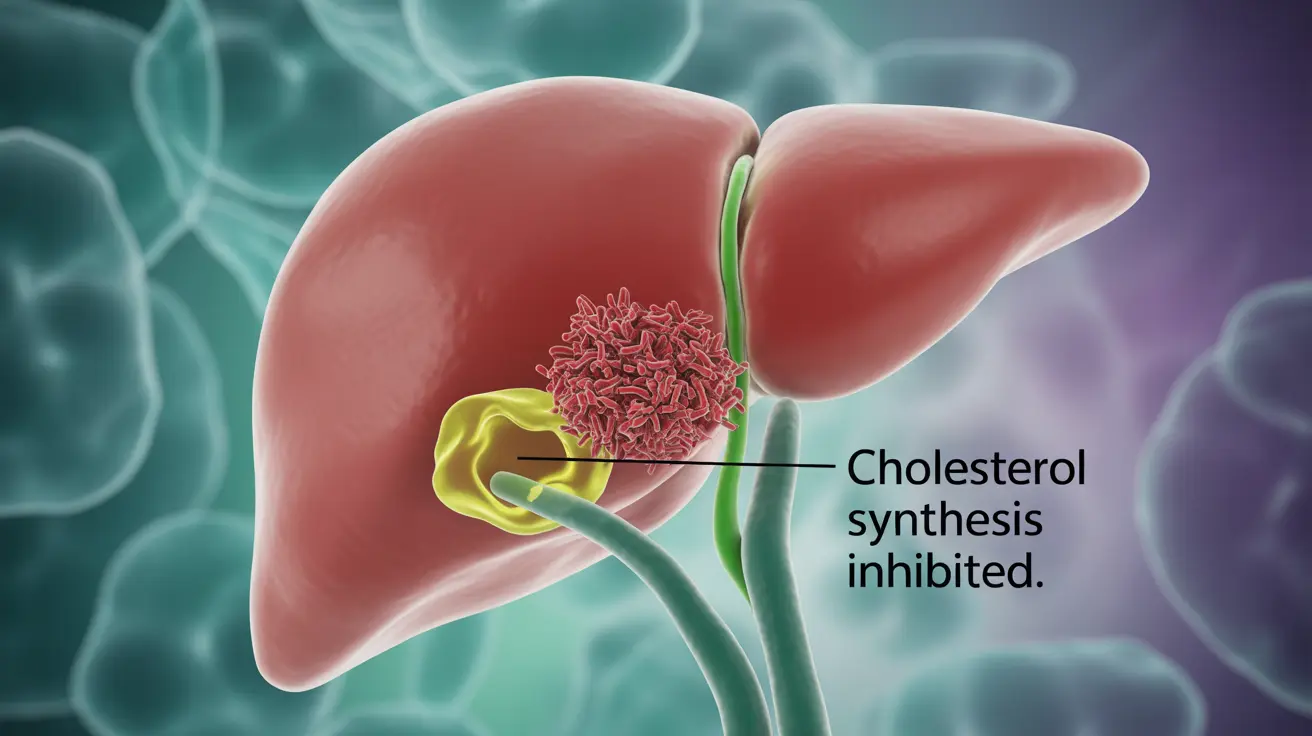Red yeast rice has emerged as a popular natural supplement for those seeking alternative ways to manage their cholesterol levels. This traditional Asian ingredient, created by fermenting red rice with specific strains of yeast, has garnered attention for its potential cardiovascular benefits and cholesterol-lowering properties.
Understanding how red yeast rice works, its benefits, and important safety considerations is crucial for anyone considering this supplement as part of their health regimen. Let's explore the science behind this ancient remedy and its modern applications in heart health management.
How Red Yeast Rice Works
Red yeast rice contains several active compounds, including monacolins, which are naturally occurring substances that can help regulate cholesterol production in the liver. The most notable of these is monacolin K, which works similarly to certain prescription medications by inhibiting an enzyme responsible for cholesterol synthesis.
The supplement's effectiveness stems from its ability to:
- Block cholesterol production in the liver
- Help remove existing cholesterol from the bloodstream
- Support overall cardiovascular function
Key Benefits of Red Yeast Rice
Research has shown that red yeast rice may offer several significant health advantages:
Cholesterol Management
The primary benefit of red yeast rice is its ability to help lower LDL (bad) cholesterol levels. Studies have shown that regular supplementation may reduce LDL cholesterol by 15-25% when combined with a healthy diet and lifestyle.
Heart Health Support
Beyond cholesterol management, red yeast rice may help:
- Maintain healthy blood pressure levels
- Reduce inflammation in blood vessels
- Support overall cardiovascular function
Additional Health Benefits
Some research suggests red yeast rice may also:
- Help manage blood sugar levels
- Provide antioxidant protection
- Support metabolic health
Safety Considerations and Usage Guidelines
While red yeast rice offers promising benefits, it's essential to approach its use with caution and awareness:
Recommended Dosage
The typical recommended dosage ranges from 1,200 to 2,400 mg daily, divided into two doses. However, it's crucial to follow the specific product instructions and consult with a healthcare provider before starting supplementation.
Quality and Standardization
When choosing a red yeast rice supplement, consider:
- Products from reputable manufacturers
- Third-party testing certification
- Standardized monacolin K content
- Clear labeling of ingredients
Potential Risks and Interactions
Before starting red yeast rice supplementation, be aware of these important considerations:
Side Effects
Common side effects may include:
- Digestive discomfort
- Headaches
- Muscle pain or weakness
- Liver function changes
Drug Interactions
Red yeast rice may interact with:
- Statins and other cholesterol medications
- Certain antibiotics
- Some antifungal medications
- Blood thinners
Frequently Asked Questions
What are the main health benefits of taking red yeast rice for cholesterol management?
Red yeast rice primarily helps lower LDL cholesterol levels by naturally inhibiting cholesterol production in the liver. It can reduce LDL levels by 15-25% when used consistently alongside a healthy lifestyle.
How does red yeast rice work to lower LDL cholesterol and support heart health?
Red yeast rice contains compounds called monacolins, particularly monacolin K, which inhibit an enzyme involved in cholesterol production. This mechanism helps reduce overall cholesterol synthesis while supporting cardiovascular health.
What are the possible side effects and safety concerns associated with red yeast rice supplements?
Common side effects include digestive issues, headaches, and muscle pain. There are also concerns about potential liver effects, making regular monitoring important when using these supplements.
Can red yeast rice interact with other medications or supplements, and what precautions should I take?
Red yeast rice can interact with several medications, particularly statins and other cholesterol-lowering drugs. Always consult with a healthcare provider before starting supplementation, especially if you're taking other medications.
How should I choose the right red yeast rice supplement and what is the recommended dosage?
Choose supplements from reputable manufacturers with third-party testing certification. The typical dosage ranges from 1,200 to 2,400 mg daily, split into two doses. Always start with the lowest effective dose and follow product instructions.




